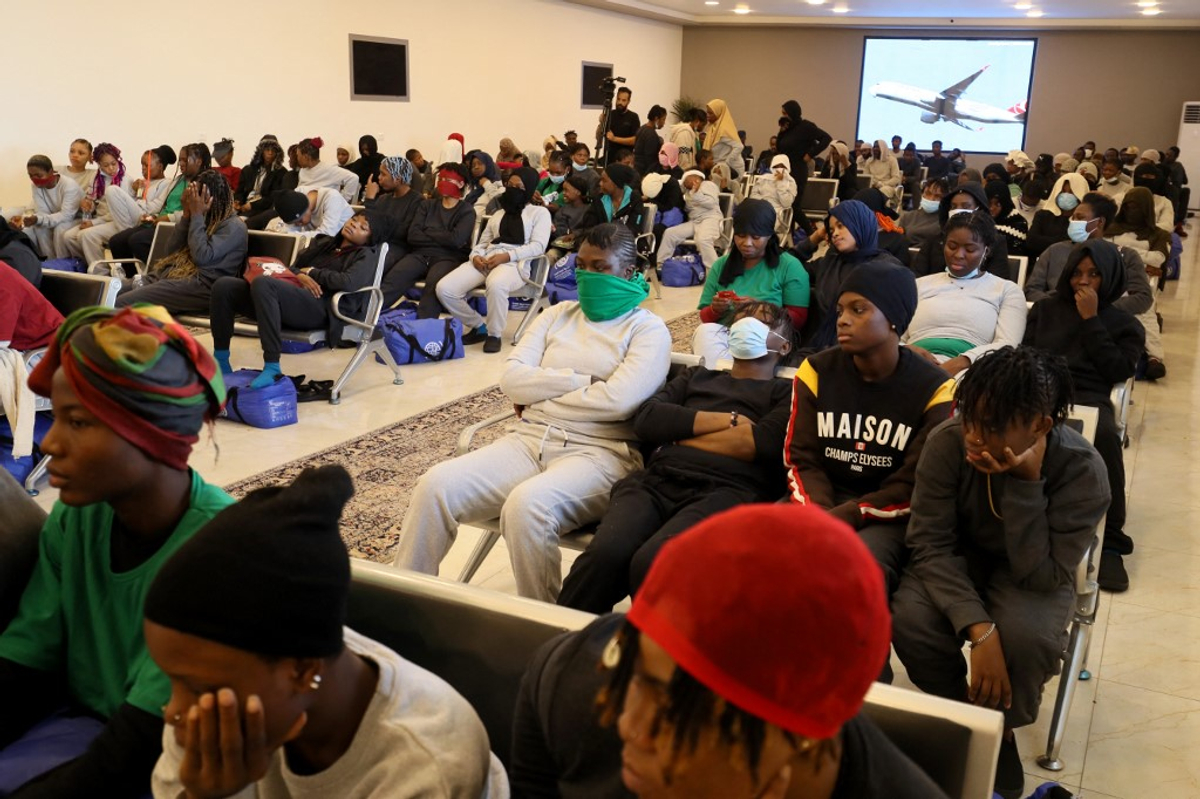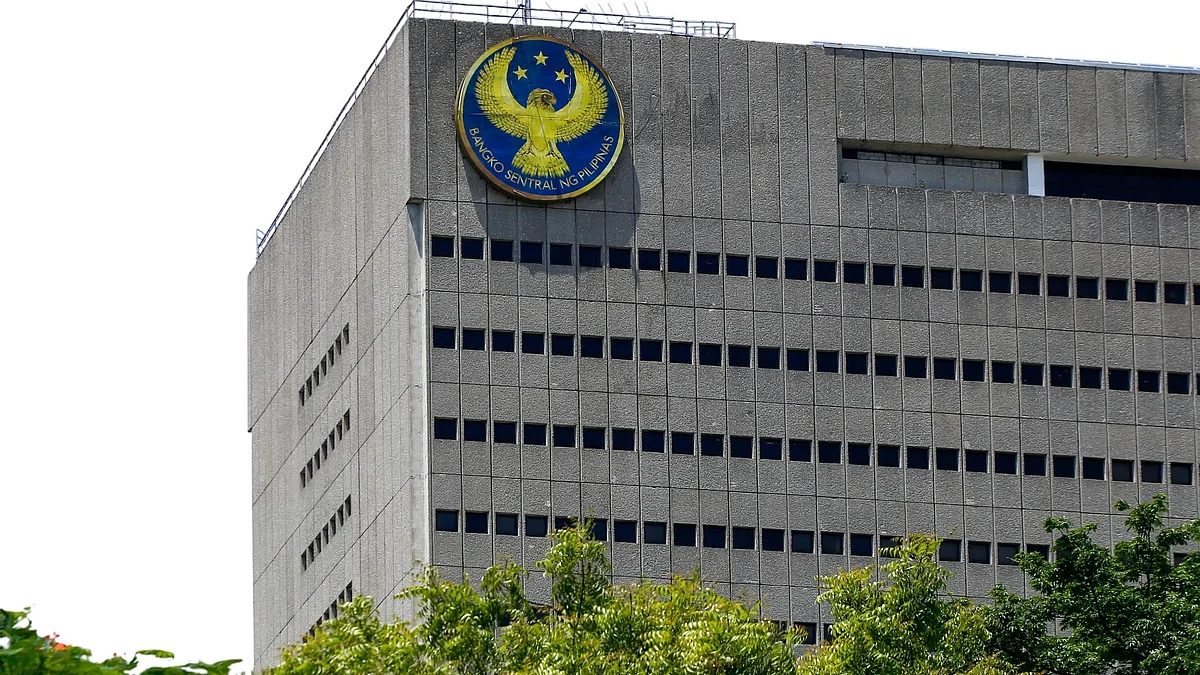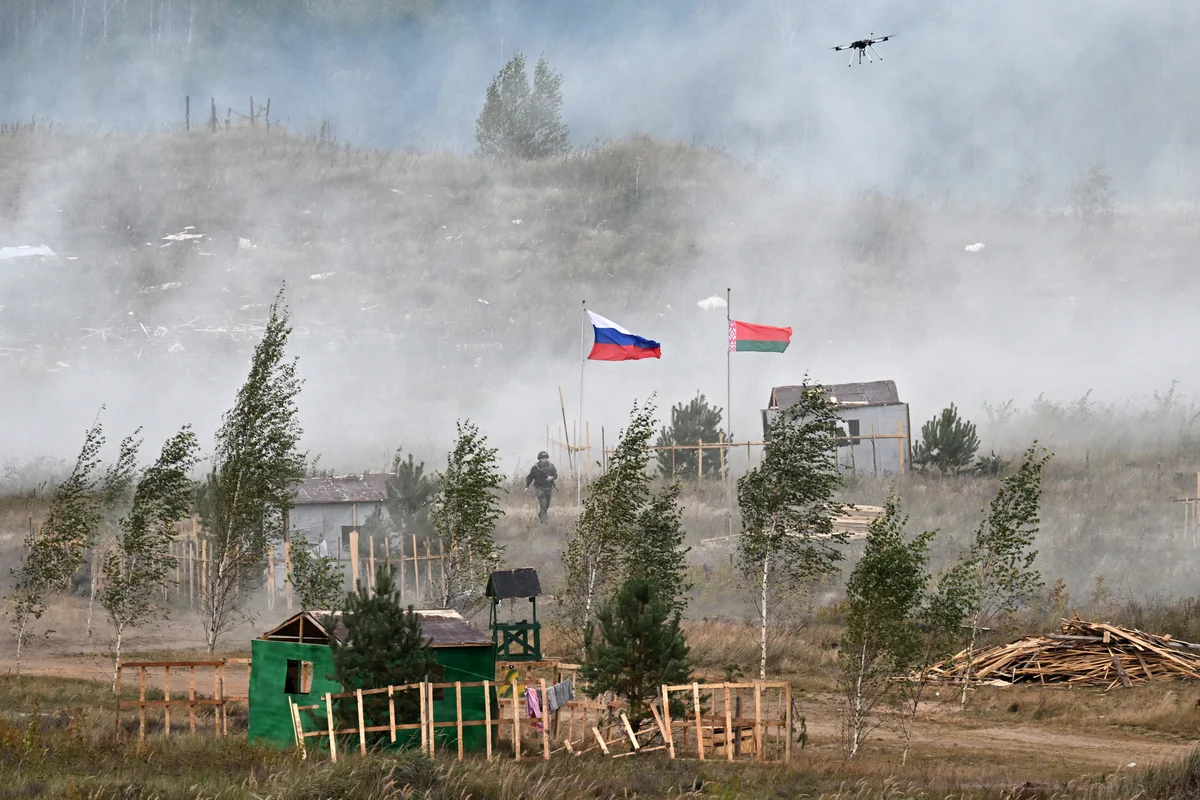By Mohamed Suliman
Copyright kyivpost

Recently, Russia, with the direct coordination of General Khalifa Haftar, the warlord who controls eastern Libya, began using immigration as a weapon by flying migrants from Libya to Finland’s borders. Requests for asylum on a large scale led Finland to close its borders with Russia to protect itself from the risk.
The statistics paint a telling picture. Reports show that about 1,000 undocumented migrants crossed into Finland from Russia in the two weeks before the border closure, compared with fewer than 100 asylum seekers in the first six weeks of 2023. In addition, open-source data reviewed by The Telegraph of flights between Benghazi and the Belarusian capital suggest a spike in travel in recent months.
Russian President Vladimir Putin is doubling down on his goal of leveraging weaponization of immigration and has been trying multiple ways to achieve this. In March 2025, an investigative report exposed a plan by a Russian spy to establish a private army of 15,000 soldiers to control the flow of migrants into Europe.
African immigrants arrive in Libya through the triangle area located at the border of Libya, Sudan, and Egypt. In June 2025, with the support of the UAE and Haftar, the RSF militia captured this strategic area. This gives the militia full control over the region and the flow of immigrants and positions it as a key player in this issue.
But there is a bigger, more complicated story. The militia had strong ties with the Wagner Group; for instance, the militia once received arms from Wagner either directly or in a joint operation with the UAE. Moreover, Mohamed Hamdan Dagalo, the Rapid Support Forces (RSF) militia leader, once visited Russia and openly defended its invasion of Ukraine. The militia leader also threatened Europe with an influx of immigrants if its policymakers did not support the country’s new military regime, of which he was a part. All these factors show that the RSF militia will be ready to cooperate with Putin if he decides to move on and radically scale up the immigration crisis in Europe.
Haftar seems willing to move on with its collusion with Russia and refuses any cooperation with Europe. For instance, in July 2025, his government expelled Magnus Brunner, the European Commissioner for Internal Affairs and Migration, and declared him persona non grata soon after he arrived in Libya to discuss the recent surge in the departure of irregular migrants from Libya to Europe.
Europe is now seeking different solutions, such as directly engaging with Haftar to prevent him from working with Russia on this issue, in addition to linking migration talks with Libya with other issues such as development aid and facilitating visa access for Libyan citizens.
Europe, however, should also consider another broader strategic solution by leaning on the UAE to stop its interventions that create a destabilized environment that encourages Russian allies in the region, such as Haftar and the RSF militia, to engage in this scheme.
While Putin’s plot to weaponize immigration is still in its early exploration stage, it should be boldly addressed given the potential threat it poses.
The views expressed are the author’s and not necessarily of Kyiv Post.



